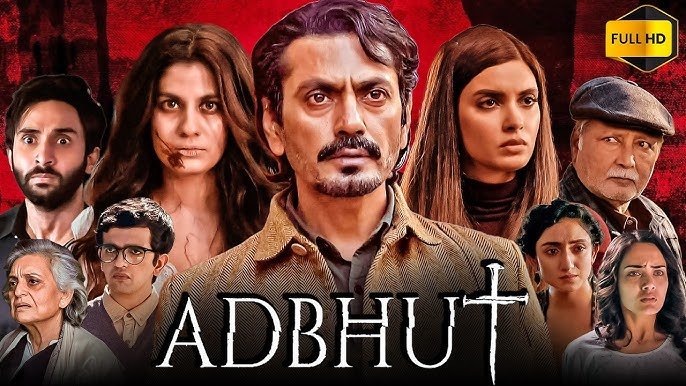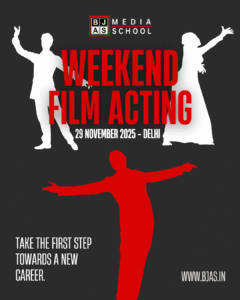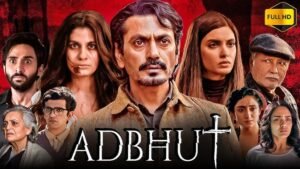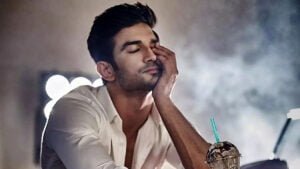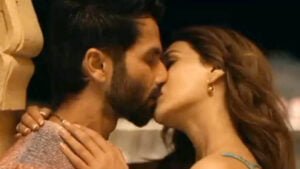Understanding the Two Worlds
In Hollywood, you’ll often hear about “Method Acting” – where actors like Christian Bale or Daniel Day-Lewis completely immerse themselves in their characters. Remember how Ranveer Singh lived in isolation to prepare for “Padmaavat”? That’s Method Acting in action! But Indian cinema also has its own unique flavor – what we often call the “Masala” style, which requires larger-than-life expressions and the ability to switch between intense emotions, comedy, and dance numbers seamlessly.
The New Wave of Balanced Performance
Look at actors like Nawazuddin Siddiqui and Vijay Deverakonda. They’re perfect examples of artists who blend both worlds. Nawazuddin brings Method Acting intensity to commercial films, while still understanding the mass appeal needed in Indian cinema. In the South, Fahadh Faasil has mastered this balance, delivering realistic performances while staying true to commercial cinema requirements.
Practical Tips for Blending Styles
1. Start with the Basics
– Learn Stanislavski’s system (the foundation of Method Acting)
– Study Indian classical dance and theater traditions
– Watch performances by versatile actors like Kamal Haasan who effortlessly blend both styles
2. Develop Your Emotional Range
– Practice transitioning between subtle and expressive performances
– Record yourself doing the same scene in different styles
– Study how Priyanka Chopra Jonas adapts her acting style between Bollywood and Hollywood projects
3. Understanding Your Audience
Remember, Indian audiences often expect a more direct emotional connection. While Western audiences might appreciate subtle facial expressions, our viewers might need more pronounced emotions. Think of how Alia Bhatt balances both – subtle in films like “Dear Zindagi” but appropriately expressive in “Rocky Aur Rani Kii Prem Kahaani”.
Practical Exercises to Try
1. The Mirror Exercise
Pick a scene from “The Lunchbox” and another from “Chennai Express”. Practice both acting styles in front of a mirror. Notice how your body language and expressions change.
2. The Emotion Switch
Take a dramatic scene and practice performing it:
– Hollywood style (internalized, subtle)
– Bollywood style (expressive, externalized)
– Your own balanced style combining both
3. Scene Study
Watch scenes from both industries with the sound off. Notice how actors like Deepika Padukone adapt their performance style between different types of films.
Common Pitfalls to Avoid
1. Going Too Method
While Daniel Day-Lewis might stay in character for months, that approach might not work for Indian projects where you might be shooting multiple films simultaneously. Find a balance that works for our industry.
2. Overdoing the Drama
Just because you’re in an Indian film doesn’t mean every scene needs theatrical intensity. Look at actors like Manoj Bajpayee – they know exactly when to dial it up and when to keep it subtle.
## The Future of Indian Acting
The lines between international and Indian cinema are blurring. With global OTT platforms showcasing our content worldwide, and Indian actors appearing in international projects, versatility is key. Look at how Ram Charan and NTR Jr. brought their signature style to “RRR” while making it appealing to a global audience.
Final Thoughts
Remember, there’s no one-size-fits-all approach. Actors like Irrfan Khan created their own unique style by understanding both worlds. The key is to respect both traditions while finding your authentic voice.
Remember, some of our most celebrated actors today – from Rajkummar Rao to Samantha Ruth Prabhu – succeed because they understand this balance. They can do intense, realistic scenes when needed but also nail those mass entertainment moments that our audiences love.
The future belongs to versatile actors who can adapt to any style while staying true to their artistic core. Keep practicing, keep learning, and most importantly, keep believing in your unique journey!

